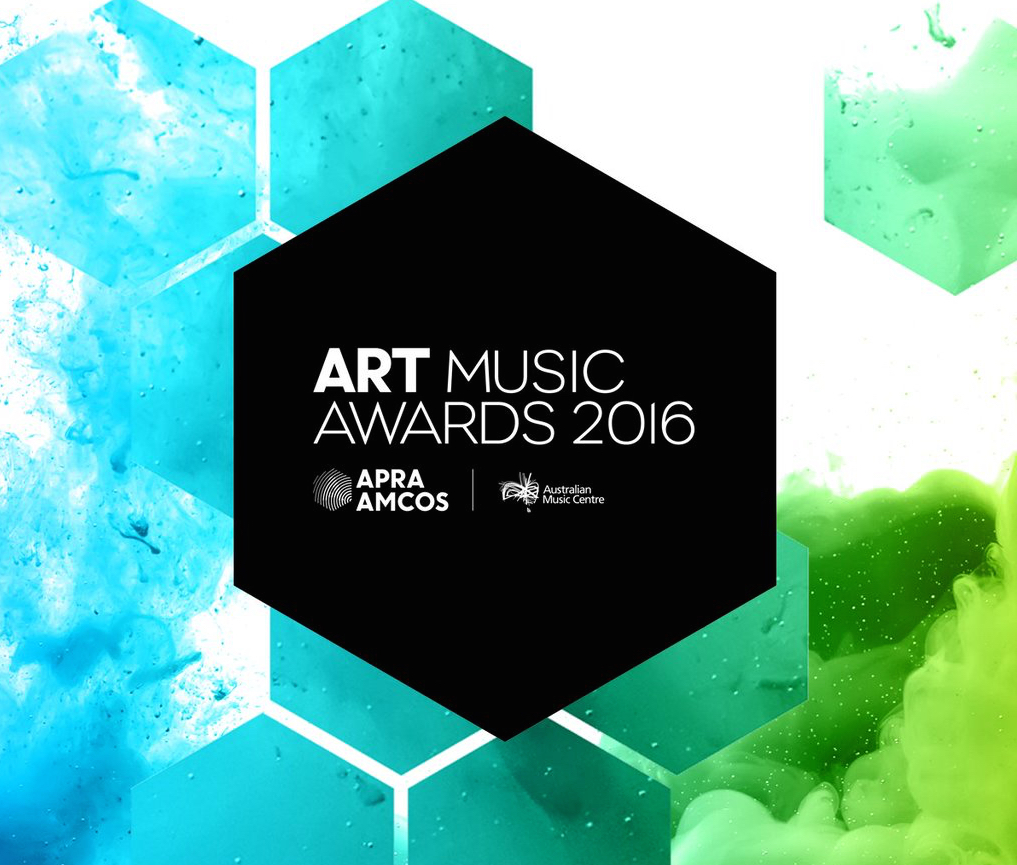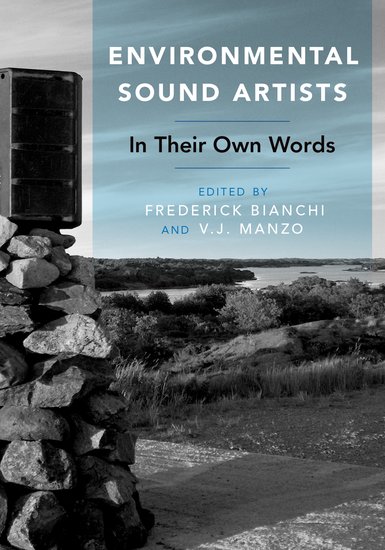Leah Barclay’s WIRA River Listening from Floating Land 2015 Nominated for the 2016 APRA Art Music Awards
(Article published in the Noosa News on 26/07/2016)
The finalists for the 2016 Art Music Awards have been announced. The yearly Art Music Awards are presented by the Australasian Performing Right Association (APRA) and the Australian Music Centre to recognise achievement in the composition, performance, education and presentation of Australian music. From jazz compositions and large-scale symphonic pieces to vocal, chamber and instrumental works and experimental projects, the list of finalists in 11 Award categories reflects the diversity and the high quality of contemporary art music written, composed and performed in 2015.
Leah Barclay’s WIRA River Listening project created on the Noosa River for Floating Land 2015 has been nominated for the Award for Excellence in Experimental Music. This project explored rivers as the lifeblood of communities and reimagined the world beneath the surface of the Noosa River. This project draws on ten years of experimental music collaborations with river systems across the world that all began in Noosa and was the first major creative outcome from Leah Barclay’s Synapse Residency supported by the Australian Network for Art and Technology.
WIRA was experienced by walking along the river with a smart phone and listening to content that was geotagged from Noosa Regional Gallery to the river mouth. As you walk along the riverbank, the sounds of the Noosa River system are layered with Leah Barclay’s compositions inspired by Noosa over the last decade.
The soundscapes of WIRA explored the value of sound and technology in contributing towards environmental awareness and engagement. The process of creating this installation explored a new model for the dissemination of experimental music through accessible mobile applications and community engagement. Since launching in Noosa, the River Listening installation has toured to New York for Climate Week 2015, Federation Square in Melbourne, the inaugural World Science Festival in Australia and Paris for COP21, considered the most important climate meeting of our time. The installation continues to expand across the world yet remains connected to Noosa.
‘In late 2004, I composed my first piece inspired by the Noosa River. This was the beginning of a decade of creative work that explores the value of sound, digital technology and community engagement in environmental awareness. I have been fortunate to work with rivers across the globe and my artist practice has been very influenced by my involvement in Floating Land and working in Noosa. While many consider the mobile technologies I am using in WIRA key factors in our disconnection to the environment, my current work explores the possibilities for repurposing these technologies to reconnect us to the environment and facilitate collaborations that showcase ecological systems through accessible creative technology. WIRA allows you to hear sounds you wouldn’t usually think about and the project is part of a large initiative exploring the art and science of listening to rivers’ said Leah.
‘The people included in these lists, and indeed across all the nominations lodged, represent our champions, and those who champion our champions. The names of those established and emerging, in cities and in regional areas, show that we have much to celebrate in the Australian art music sector’, said the AMC’s CEO John Davis.
The 2016 Art Music Awards will be presented at the Plaza Ballroom in Melbourne on Tuesday 16 August, hosted by Jonathan Biggins and with a live performance program curated by Gabriella Smart.
APRA AMCOS and the AMC would like to extend congratulations to all of the finalists for the 2016 Art Music Awards – the only event of its kind in Australia to recognise the works that are brought to life by dedicated musicians, individuals, educators and arts organisations all over the country.


